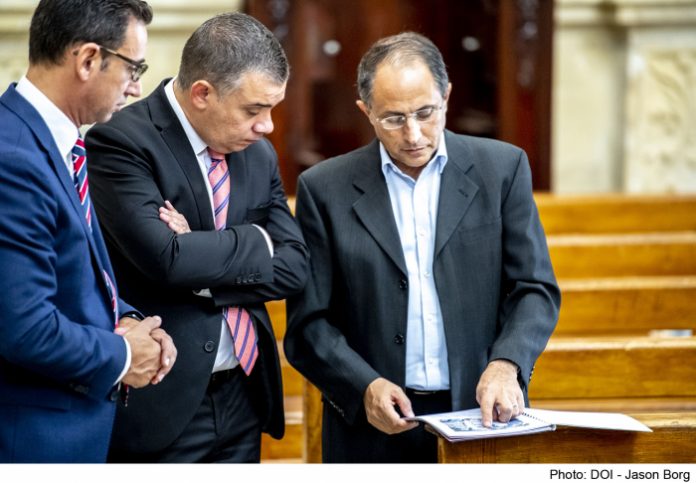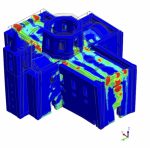The studies on the old church of Birkirkara have reached the last stage, which should determine any structural damage in this church.
The Parliamentary Secretary for European Funds Chris Bonett visited the workers who are currently carrying out the studies and tests on this national monument of the first degree. The Curia is financing the studies and tests through European Funds. The studies and tests are being carried out with an investment of €104,000, of which €84,000 comes from the European Fund for Regional Development.
Parliamentary Secretary Chris Bonett said that with the help of European funds the Government is listening to the grievances of the people of Birkirkara who wanted this church to be repaired and not fall down. Parliamentary Secretary Bonett said that “from the new programs of European funds we will see that we continue to work together with the Curia with the aim of carrying out more restoration projects so that we continue to fear for our cultural heritage.”
The Administrative Secretary of the Archdiocese of Malta, Michael Pace Ross, said that as a result of this technical study by an Italian company, a 3D model of the old church of Birkirkara is being drawn up, to better understand in which parts of it need strengthening. The detailed report of the investigations carried out have already been passed to the technical experts, and an excavation has also been carried out to carry out a geotechnical study and take samples of the church’s foundation. Mr. Pace Ross said that through this project it will be identified what interventions are required to be made by the Central Government and that the third and last tender on this project should be issued.
The priest Rev. Reuben Deguara said that these studies are the basis of an extensive restoration that must be done through a complicated and very delicate operation, since the structure is of great historical and architectural value. The parish priest mentioned how the interventions must be carried out in a reasonable time because if there is a tremor the roof could collapse.
The Parish Church of Santa Maria was built in 1617 and has structural problems caused by foundations based on different geological layers which have caused considerable damage over the years. Over the years, the church has experienced structural movements that are jeopardizing the long-term viability of the church structure. In addition, despite the restoration works carried out about 20 years ago, several cracks are visible again in the structure and there are strong indications that they are developing further.
Also present for the visit was the Architect Adrian Mifsud who was supervising the technical work on behalf of the Parish.












